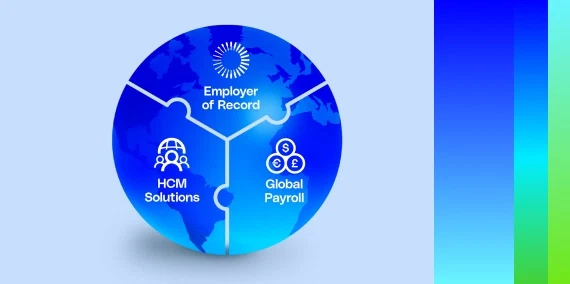While Poland is an excellent place to scale a company and make a mark in the European Union (EU), incorporation in the country might be challenging without the proper preparation, expertise, and guidance.
How to establish a Poland subsidiary
To incorporate in Poland, companies need to consider a few factors that could impact the subsidiary setup process. Business concerns such as industry and the nationality of shareholders can affect how a company operates.
In any country, location is a factor. If employers don’t know the area well, it’s a good idea to check with other professionals or a legal advisor before deciding where to base headquarters in Poland.
The most common type of subsidiary in Poland is often a limited liability company. To establish a limited liability subsidiary in Poland, you should:
- Have a notary execute articles of association.
- Open a bank account, preferably in Poland.
- Pay the entire company’s share capital to the new bank account.
- Apply to register your company with the Court Register.
- Appoint a management board.
- Enter the company into the commercial register.
Poland subsidiary laws
If a limited liability company is established, shareholders are only liable by the amount of share capital they hold. According to Poland subsidiary laws, employers need a minimum of PLN 5,000 share capital to establish a limited liability company. They will also need a statistical number (REGON), tax identification number (NIP), and VAT payment registration.
Benefits of establishing a Poland subsidiary
The most significant benefit of establishing a subsidiary in Poland is that it’s possible to begin recruiting, running payroll, and creating a compensation and benefits package after its formation. A limited liability company can also protect the parent company from any losses arising from the Poland subsidiary and its operations. It could also be an excellent opportunity for establishing an individual workplace culture and management system.
Other important considerations
Before choosing to establish a subsidiary, it is best practice to plan for all the time and resources required to successfully incorporate and operate a company in Poland. Companies that fail to gain a full understanding of Poland’s subsidiary laws will likely need to hire an advisor or designate an employee to master the intricacies of their regulations.
The subsidiary setup process often requires a significant monetary investment, so these funds must be set aside at the start. Further, without the help of a Poland subsidiary alternative, full incorporation can take up to 4 months, or more. Companies should have realistic expectations about the time it can take.
Enter new markets with G-P — no new entities required.
Beat the competition and enter new markets in minutes, not months, with G-P. We’ve paired our industry-leading team of in-region HR and legal experts with our #1 Global Growth Platform™ to help you hire compliantly in 180+ countries, eliminating the need to set up local entities or subsidiaries.
Get in touch today to learn more about how we can streamline the global growth process.






